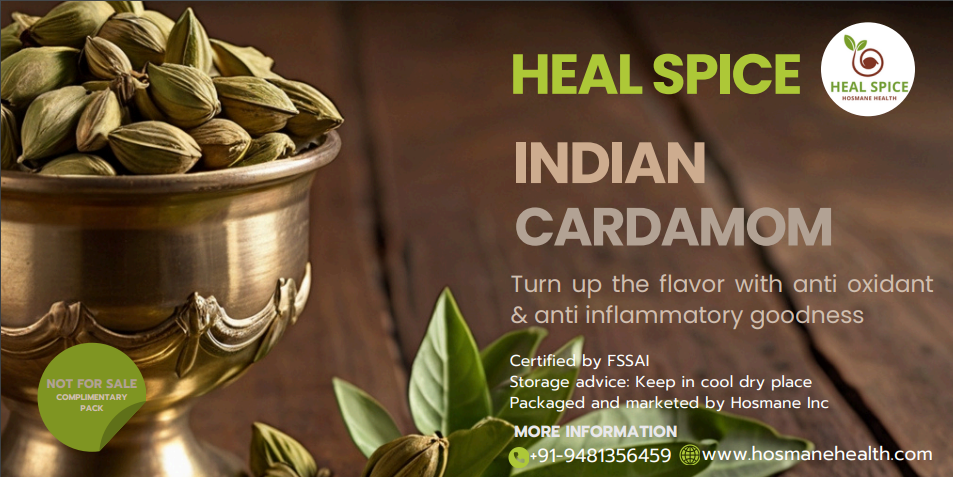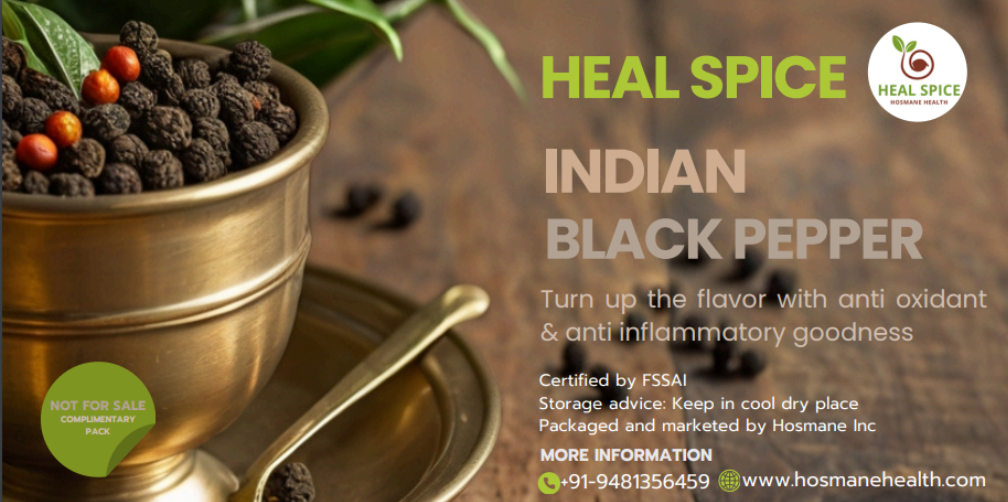- +91 8050631489
- Karnataka, 575017
From product distribution to market insights, we strengthen your local presence with quality-driven solutions
Indian spices are rooted in its history, diversity, quality, and health benefits.


WhatsApp us